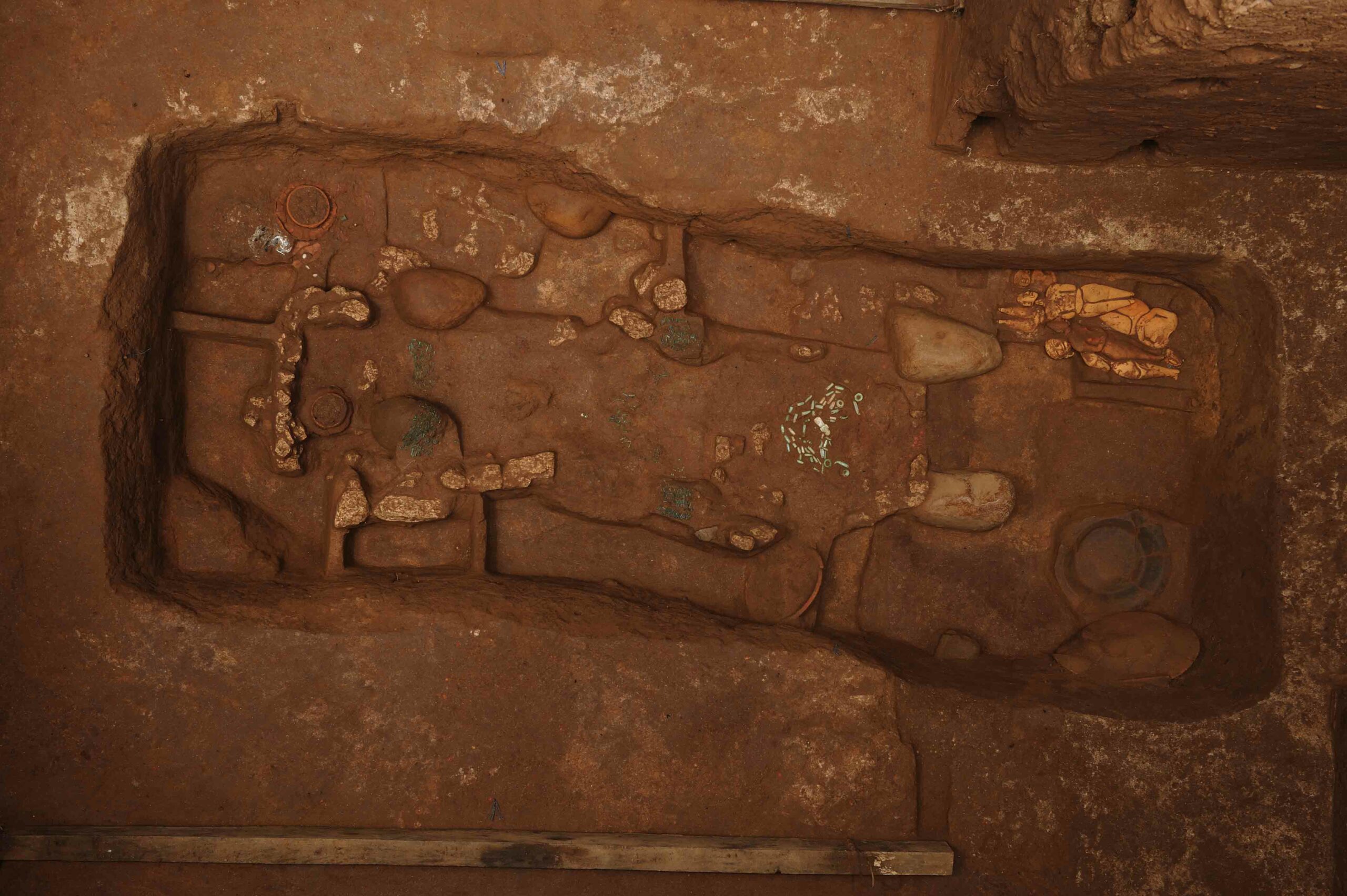
BERKELEY, CALIFORNIA—According to a Science News report, neuroscientist Alan Cowen and psychologist Dacher Keltner of the University of California, Berkeley, turned to ancient sculptures to see if human facial expressions could signal the same emotions across cultures. Previous comparisons of facial expressions of living people have been questioned because of the far-reaching influence of modern Western cultural practices. The new study presented more than 300 English-speakers with photographs of just the faces of sculptures made in Mexico and Central America between 3,500 and 600 years ago, and asked them to assess the statues’ expressions according to a list of 30 emotions or emotional states. The statues portrayed people who were being held captive, tortured, carrying a heavy object, embracing someone, holding a baby, preparing to fight, playing a ballgame, or playing music. More than 100 other participants were asked to rate how people in those same situations would express the same emotions or emotional states. The study found that the sculptures’ facial expressions aligned with what the participants expected to see, and suggests that humans may have evolved a wider set of facial expression to convey more emotions that had been previously thought. Read the original scholarly article about this research in Science Advances. To read about how Maya clothing and jewelry conveyed information about the wearers' societal status, go to "From Head to Toe in the Ancient Maya World."










